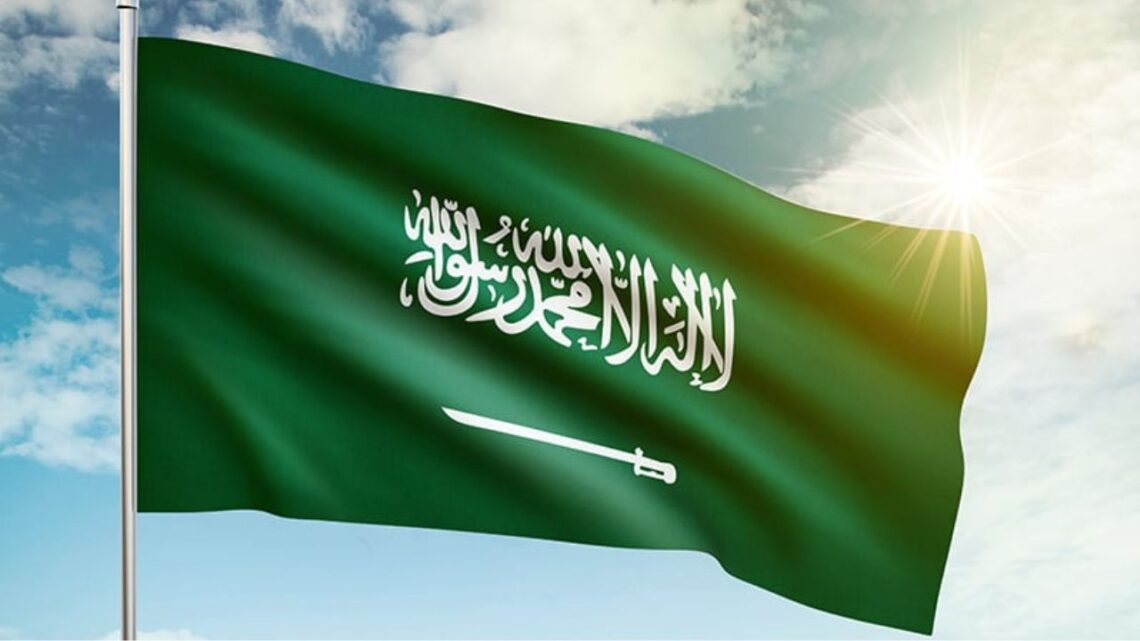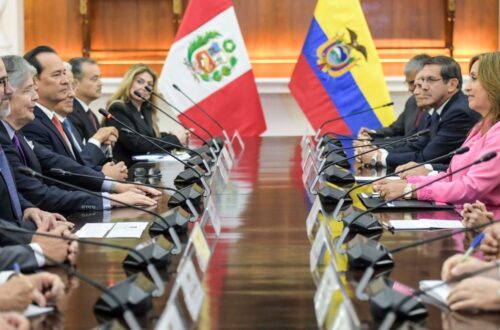Peru is moving assertively to revitalize its mining and energy industries, pursuing major investments from Saudi Arabia and the United States, particularly through partnerships with oil giant Chevron.
This new strategy forms part of the government’s long-term plan to reignite economic growth after years of declining investment caused by political instability and social unrest.
According to Energy and Mines Minister Jorge Luis Montero, Peru expects to sign a memorandum of understanding (MoU) with Saudi Arabia in November 2025.
The agreement will focus on lithium, copper, and other strategic minerals, positioning Peru as a vital player in the global green energy supply chain.
At the same time, talks with Chevron are advancing to launch offshore drilling operations, which could make the country self-sufficient in oil within the next few years.
Key Facts and Figures
| Sector/Area | Target / Plan | Timeline / Partners | Expected Outcome |
|---|---|---|---|
| Strategic MoU with Saudi Arabia | Develop projects in lithium, copper, and key minerals | Signing in November 2025 | Access to capital, mining tech, and trade support |
| Offshore Drilling with Chevron | Develop offshore oil blocks Z-61, Z-62, Z-63 | 2026 drilling start | Output up to 300,000 barrels/day |
| Oil Import Reduction | Self-sufficiency within 3 years | — | Save approx. $5 billion annually |
| Mining Investment Pipeline | New and pending projects worth $64 billion | Ongoing | Boost exports and job creation |
| Peru–Ecuador Oil Link | Use Ecuador’s fields and Peru’s Norperuano pipeline | Agreement expected in late 2025 | Strengthens regional energy integration |
Reviving Peru’s Mining Strength
1. Copper and Lithium at the Core
As the world’s third-largest copper producer, Peru plays a crucial role in supplying global industries with essential minerals. Yet, due to regulatory bottlenecks and social conflicts, several key mining projects have remained stalled.
The partnership with Saudi Arabia aims to unlock this potential through strategic investments in lithium extraction and processing, as demand for electric vehicle batteries and renewable technologies continues to rise.
Saudi Arabia, eager to diversify its economy beyond oil, has shown growing interest in Peru’s Andean lithium belt, which shares geological similarities with Bolivia and Argentina.
The agreement could include joint exploration, technology sharing, and refinery development, helping both countries position themselves as leaders in the clean energy transition.
Energy Projects and Offshore Expansion
1. Chevron’s Role in Peru’s Energy Comeback
Peru is also making strong moves to restore its energy independence. The government recently approved new offshore exploration licenses, inviting Chevron and other U.S. partners to begin operations in the northern coast’s Z-61, Z-62, and Z-63 blocks.
These offshore blocks are estimated to hold up to 300,000 barrels per day in potential production capacity once fully operational. If successful, Peru could eliminate its reliance on oil imports within three years—an achievement that would save the nation approximately $5 billion per year and strengthen its energy security.
2. Regional Cooperation with Ecuador
In parallel, Peru is finalizing an agreement with Ecuador to transport crude oil from Ecuadorian fields through the Norperuano pipeline to the Talara refinery.
The plan not only ensures a steady supply of crude for domestic processing but also optimizes Peru’s $5 billion refinery modernization investment. This partnership reinforces Peru’s role as a regional energy hub in South America.
Challenges and Strategic Considerations
Despite the optimistic outlook, several obstacles remain:
- Social Conflicts: Local protests around mining zones could delay project approvals.
- Regulatory Hurdles: Streamlining permit and environmental review processes is essential.
- Infrastructure Gaps: Better roads, ports, and energy infrastructure are needed to support industrial growth.
- Environmental Concerns: Offshore and mining activities must align with sustainability goals.
- Investor Confidence: Political stability and transparent governance will be key to attracting sustained foreign investment.
To overcome these issues, Peru’s government plans to implement proactive community engagement, simplified permitting procedures, and enhanced environmental monitoring systems.
Strategic Importance
Peru’s mineral wealth—especially in copper, lithium, silver, and zinc—makes it an indispensable player in the global shift toward renewable energy. Aligning with partners like Saudi Arabia and the U.S. ensures access to financial resources, advanced technology, and export markets.
This alignment also diversifies Peru’s geopolitical relationships beyond traditional Latin American trade blocs, giving it a stronger global footing.
Additionally, the focus on clean energy integration, including solar and wind power for mining operations, underscores Peru’s commitment to sustainable resource development.
Peru’s outreach to Saudi Arabia and the United States represents a defining moment in its pursuit of energy and mineral leadership. By bridging partnerships in lithium, copper, and oil, the country is paving the way for economic renewal, industrial modernization, and sustainable growth.
While challenges persist, the strategy reflects a bold vision—turning Peru into a Latin American powerhouse for clean energy resources and energy independence in the years ahead.









